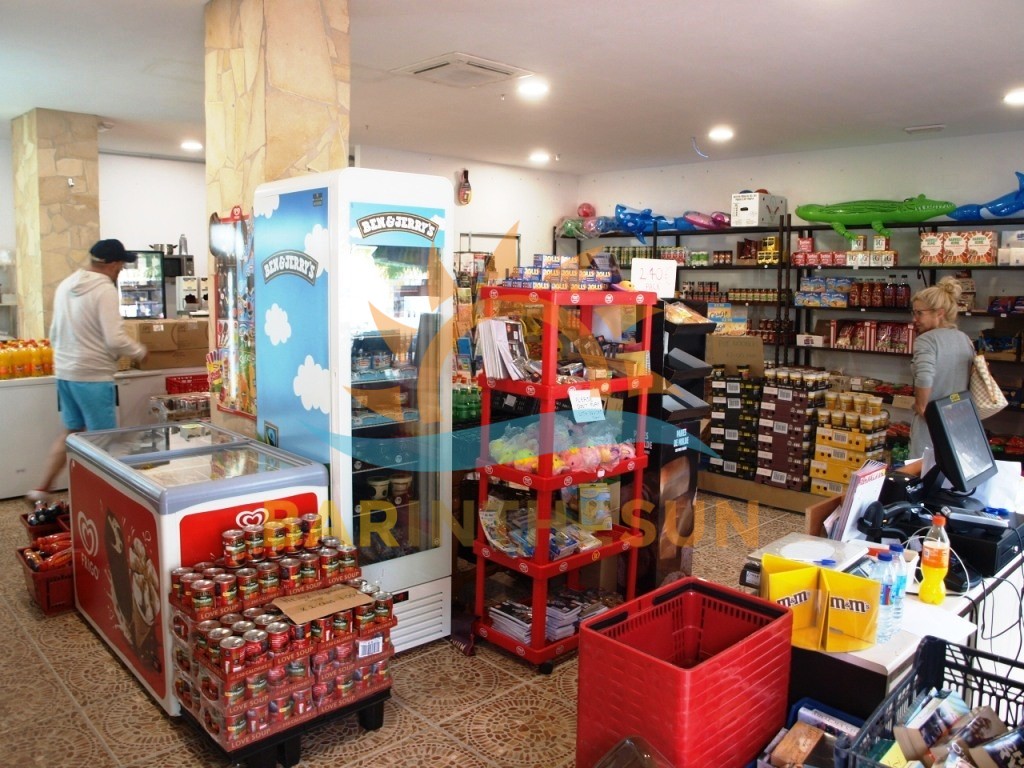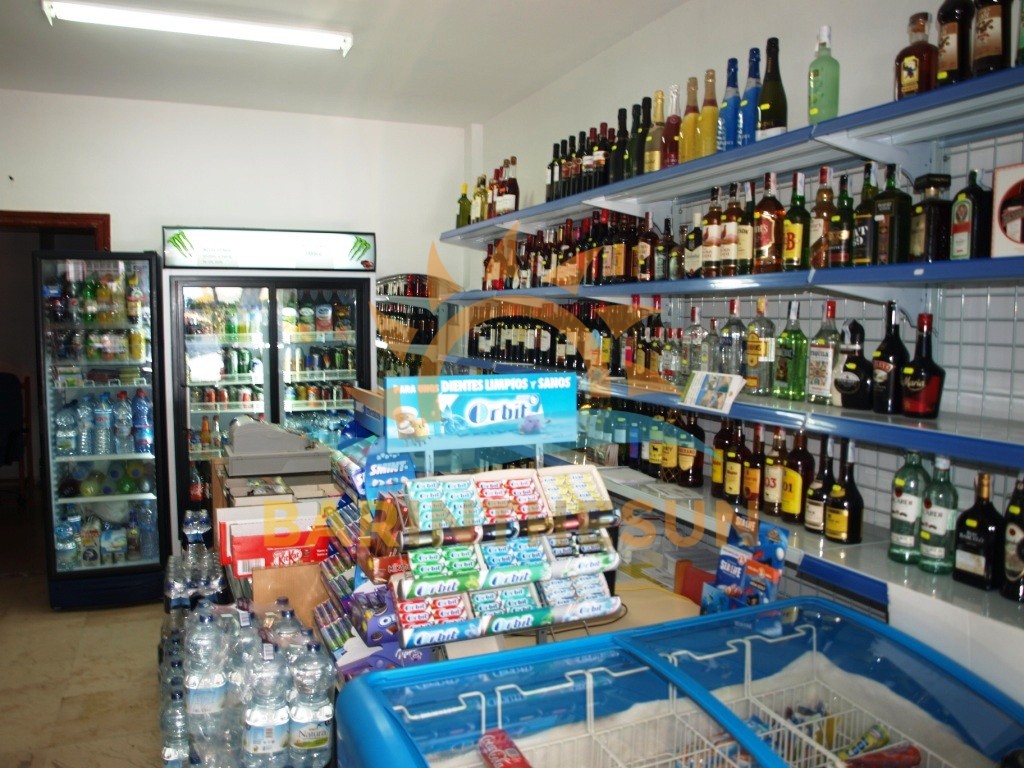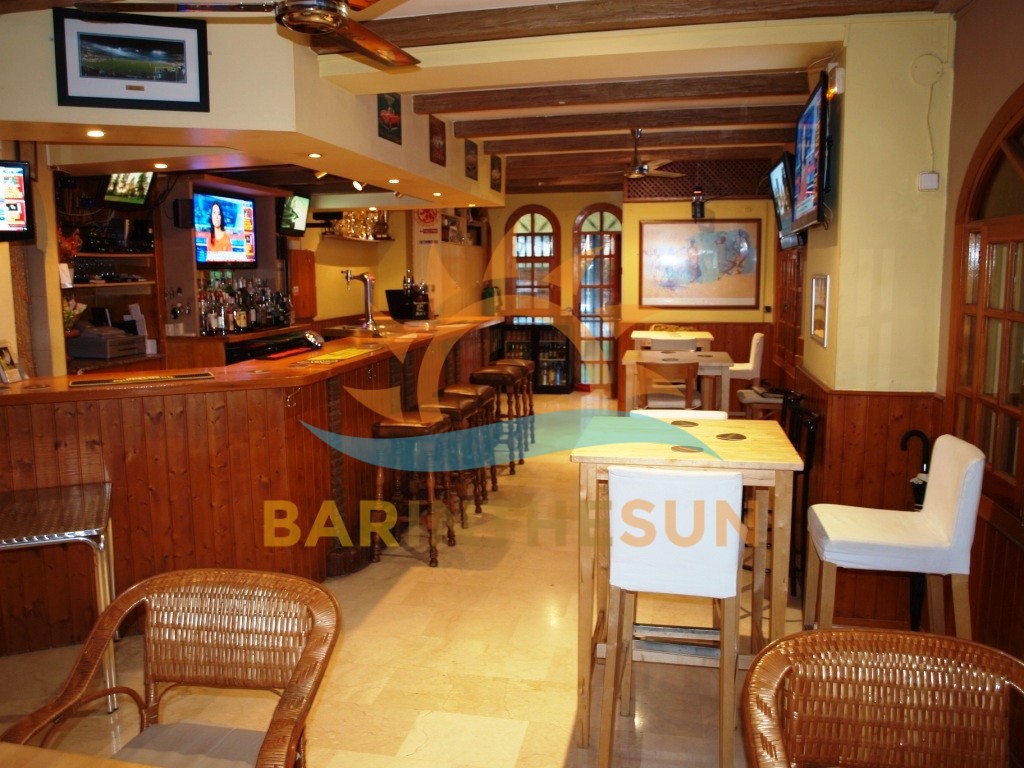What’s the used Land Rover Range Rover Sport 4×4 like?
The first Range Rover Sport gained a bit of an unfortunate reputation, not only for the type of person who bought it but also for the rather agricultural Land Rover Discovery chassis that the car rode on. Many thought the moniker ‘Sport’ was sadly misplaced and some of the traditional Range Rover values debased.
This second-generation version was a completely new car, however, and it rides on the same up-to-date underpinnings as the contemporary Range Rover, although the Sport variant is smaller, lighter and lower. Much use is made of aluminium in both cars, and the Sport, despite not being a lightweight, is at least now competitive with its rivals in this regard, despite its obvious opulence.
The engine range initially kicked off with an entry-level 236bhp 2.0-litre diesel. This was followed by the 302bhp 3.0-litre SDV6, while completing the diesel range was the venerable 4.4-litre V8. The petrol engine option consisted of two supercharged units, a 335bhp 3.0-litre V6 and a 5.0-litre V8 in two power outputs – 503bhp and 542bhp in the mega-swift SVR version. Later models added a 2.0-litre four-cylinder petrol, known as the P300 or, if attached to a battery pack and an electric motor to make it a hybrid, the P400e, and the entry-level 2.0 diesel was dropped. There is also a P400 with mild-hybrid assistance.
There are four trims to choose from: HSE, HSE Dynamic, Autobiography Dynamic and the rabid SVR. Entry-level models come with 20in alloy wheels, xenon headlights, keyless entry, front foglights and a reversing camera as standard, while inside there is perforated leather upholstery, heated seats all round, lane departure warning and Jaguar Land Rover’s InControl infotainment system complete with sat-nav.
Upgrade to HSE Dynamic and the car gains red Brembo brakes, a twin-speed transfer box, JLR’s all-terrain mode, lots of gloss black exterior mouldings and 21in alloy wheels, while Autobiography Dynamic adds a panoramic roof, ventilated seats, a 19-speaker Meridian audio system, a heated steering wheel, adaptive cruise control, blindspot monitoring and a 360deg camera system.
Range-topping SVR not only gets the rapid 5.0 V8 motor, but also a quad-exhaust system, darkened headlights, blue Brembo brake calipers and a specially designed rear spoiler.
It’s the diesel engines that are the most popular in the Range Rover Sport, since they provide the best combination of performance and reasonable fuel economy. The 2.0 is refined enough, but not quick. The SDV6 has plenty of low-rev shove, helping to mask the car’s mass. However, rivals such as the Audi Q7 3.0 TDI 272 and BMW X5 40d are still that little bit faster. If you can afford it, the 4.4 V8 provides the car with effortless pace and acceptable running costs.
As far as the petrols go, the 2.0-litre models are surprisingly swift, and of course the 3.0 V6 propels the Range Rover Sport down the road fairly swiftly. However, you need to rev it harder than the diesels and it’s too thirsty to recommend. The 503bhp 5.0 supercharged V8 delivers plenty of performance and noise, making the Range Rover Sport something of a super-luxury SUV dragster. Fuel bills are, as you’d expect, scary.
Fuel bills are marginally more manageable in the hybrid versions, if it fits your lifestyle. The P400e is good to drive and swift, and the P400 is too, albeit its mild-hybrid system is one that only helps out the existing engine, rather than offering the ability to run separately on electric power alone, or together with the conventional engine, like the P400e.
The SVR model is the full-house, go-faster model. It’s thunderously powerful, noisy and exciting, but with sufficiently good manners to soothe the miles away when required.
All Range Rover Sports offer an excellent blend of stability and relative agility. It isn’t the most athletic SUV of its kind, nor is it one that feels smaller than it actually is, and some rivals also offer more grip and tighter body control. However, it’s an easy car to drive along a twisty road – and you can’t say that of all Range Rovers.
There’s good news in the ride department, too; most versions of the Range Rover Sport offer exemplary ride comfort. Particularly impressive suppleness at high speed makes this a superb car to drive on a long journey. The best-riding cars are at the bottom of the range – those on standard 20in wheels.
Inside, there’s an incredibly comfortable driver’s seat and an excellent and commanding driving position; visibility is excellent. All Range Rover Sports get a pair of 10.0in touchscreens, one at the top of the dashboard and the other below it, just in front of the gear selector. This second screen is the one that you use to access the air conditioning and off-road modes, but you can also operate the multimedia system through it while the main screen displays the navigation.
The fit and finish of the interior is exceptionally high, with good use of soft-touch materials and plenty of leather, although one or two of the switches seem a little tackier to the touch.
The Range Rover Sport is not short of space, either front or rear. The only person who might complain is the passenger in the middle rear seat, because the two outer ones are quite sculpted. The car also has a third row, with two flip-up seats in the boot, although these are difficult to access and tight for space. They’re best suited to children or small adults.
With these seats folded away, the boot is large, wide and fairly tall, and easy to get things in and out of. Dropping the rear seats can be done electrically.
Advice for buyers
What should I look for in a used Land Rover Range Rover Sport 4×4?
This is a very large car that will have been used in tight urban areas and supermarket car parks, so look at the bodywork for any obvious signs of damage and the wheels and bumpers for scuffs. It’ll also quite possibly have been used off road, so check the undersides of the car for stone chips and any major signs of contact.
Make sure the seats move and operate as they should, including the pop-up ones in the boot, and do the same for the tailgate. Have a look at the leather for cracking, and at the back seats and the boot for impenetrable stains where the family pooch might have sat.
What are the most common problems with a used Land Rover Range Rover Sport 4×4?
Range Rover Sport problems span a wide range of areas, centring on the suspension, engine, engine electrics, air conditioning, sat-nav, car electrics, gearbox, drivetrain and bodywork. Leaks from the engine, sunroof and around the tailgate are also known issues.
All faults are well documented, with some specific ones being fixed easily and some requiring the car to be off the road for weeks.
Is a used Land Rover Range Rover Sport 4×4 reliable?
Alas, it’s not. In our most recent reliability survey, it finished near the bottom of the large SUV category, with its sibling the pure, full-fat Range Rover finishing last. Over 60% of diesel Range Rover Sports had major problems. Issues reported by owners spanned a range of areas, the most serious of which were the gearbox, drivetrain, engine and suspension. Not all cars were fixed under warranty and some were off the road for more than a week.
Land Rover as a brand finished in last place, 31st place out of 31 manufacturers.
 Cars & Motorbikes
Cars & Motorbikes 


